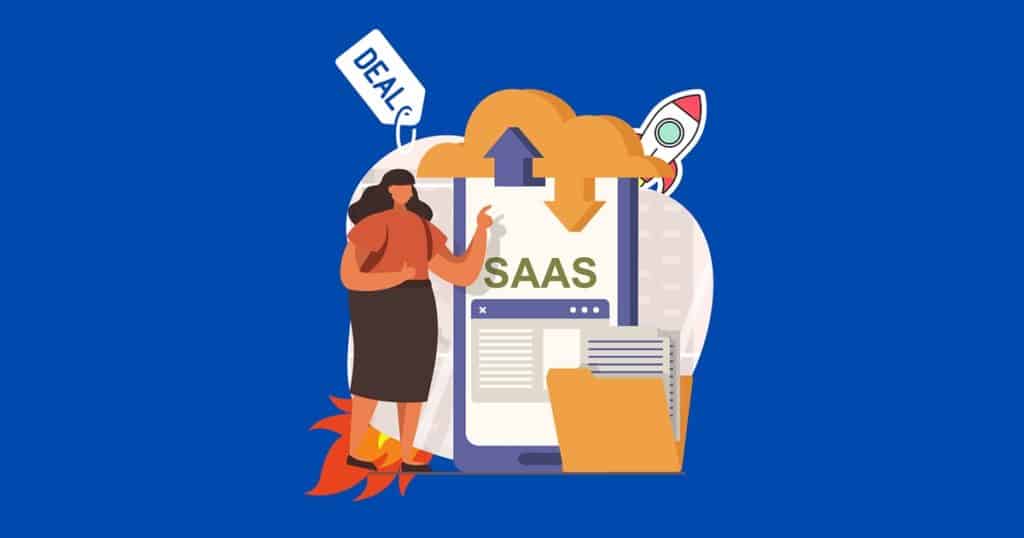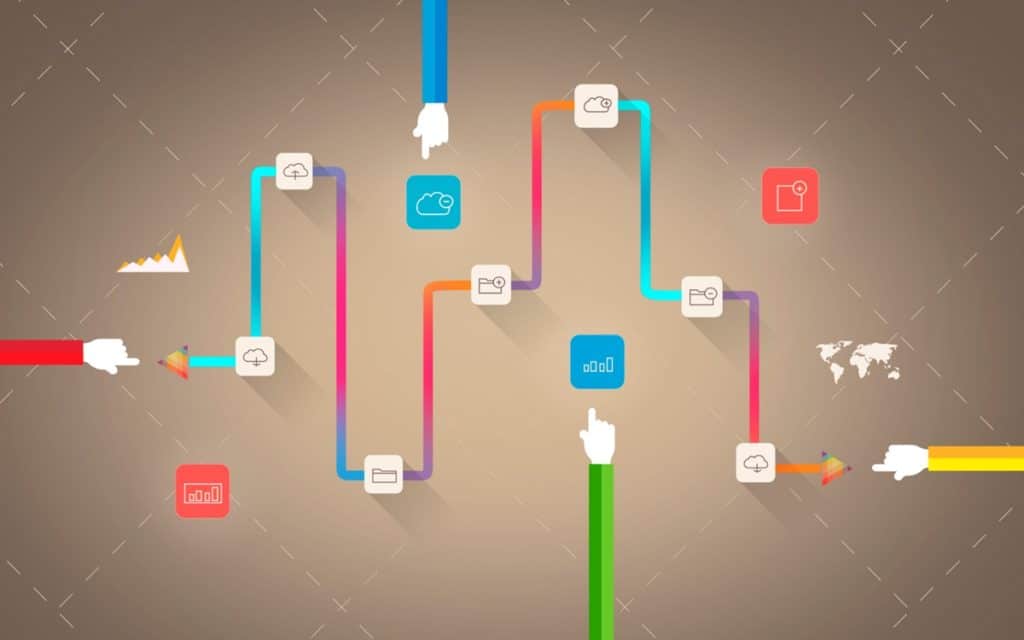In the highly competitive realm of software development, Software as a Service (SaaS) has emerged as a dominant business model. SaaS, an internet-based method of software delivery, allows users to access applications via the cloud, reducing the need for physical software and hardware. These services are typically subscription-based, providing a steady and predictable revenue stream for businesses.
With a myriad of providers offering similar solutions, the key to success in this industry often comes down to understanding and mastering certain crucial SaaS customer metrics. These metrics offer invaluable insights into customer acquisition costs and the viability of the business model, ultimately enabling more informed business decisions.
What is SaaS?
Software as a Service, commonly known as SaaS, is a software delivery model that allows data to be accessed from any device with an internet connection and a web browser. In this web-based model, software vendors host and maintain the servers, databases, and the code that makes up an application. This is a significant departure from the on-premise software delivery model where a company would maintain its own computing infrastructure.

In the SaaS model, users do not have to invest in extensive hardware to host the software, and they can outsource most of the IT responsibilities typically required to troubleshoot and maintain the software. The SaaS vendor takes care of it all. Users, which can include individuals, small businesses, or multinational corporations, can simply access their applications via the internet, usually through a web browser. They pay a subscription fee to the provider to get this access.
Common examples of SaaS applications include Google Workspace (previously G Suite), Salesforce, Dropbox, and Microsoft’s Office 365. These SaaS applications serve various purposes from Customer Relationship Management (CRM) and Human Resources to Content Management and Collaboration among teams.
The Cost Of Acquiring Your Customers – SaaS Cash Flow
The cost of acquiring customers, often abbreviated to CAC, is a crucial metric in the SaaS industry. It refers to the amount of money you need to spend on sales, marketing, and related expenses to acquire a new customer. This can include everything from advertising costs, salaries for your sales and marketing teams, the cost of running your website, promotional events, and more.
The CAC metric is particularly important for SaaS companies because they typically make money from customers over time, through a subscription-based model. The initial revenue from a new customer often doesn’t cover the cost to acquire them, so SaaS companies need a strong focus on long-term customer retention to become profitable.
To calculate CAC, you divide the total costs spent on acquiring customers by the number of customers acquired in the period the money was spent. For example, if a company spent $100,000 on marketing in a year and acquired 1000 customers in that same year, their CAC is $100.
If the CAC is high, it means that a company is spending a lot to acquire each customer, which can quickly deplete cash reserves, particularly for startups. Therefore, SaaS companies aim to keep this figure as low as possible. Reducing CAC could involve improving marketing efficiency to reach more potential customers, increasing conversion rates, or enhancing customer retention so that the marketing spend is spread out over a longer customer lifespan.
In the long run, the aim for any SaaS company is to have a lower CAC in comparison to the lifetime value (LTV) of a customer, which is the total revenue a company can expect from a customer throughout their business relationship. This balance between CAC and LTV is crucial for the financial health and sustainability of a SaaS business.

Monetizing Your Customers – Is Your Business Financially Viable?
Monetizing your customers, or ensuring that the revenue generated from each customer exceeds the cost of acquiring and serving them, is a critical aspect of any SaaS business. This principle boils down to the comparison of two vital SaaS metrics: Customer Acquisition Cost (CAC) and Lifetime Value (LTV).
As already explained, CAC is the cost your company incurs to onboard a new customer. LTV, on the other hand, is the total revenue you can expect from a customer over the lifetime of their business relationship with you. This includes the sum of all subscription payments and any additional revenue from upselling or cross-selling.
The ratio of LTV to CAC is a key indicator of the financial viability of your SaaS business. A ratio of 1:1 means you’re spending as much as you’re earning, and your business is barely breaking even. A ratio less than 1 means you’re losing money on every customer. Ideally, you want an LTV:CAC ratio of at least 3:1, meaning the value you get from a customer is three times the cost of acquiring them.
You can improve your LTV:CAC ratio by:
- Increasing LTV: Enhance your product or service quality, improve customer service, or introduce loyalty programs to reduce churn and increase the lifespan of a customer. Upselling and cross-selling effectively can also increase revenue from existing customers.
- Reducing CAC: Optimize your marketing and sales operations to reduce spend, improve conversion rates, and increase customer acquisition. Word-of-mouth referrals and improving organic reach can also decrease reliance on paid advertising.
Monitoring these metrics will help you understand if your business model is financially viable and guide strategic decisions on product development, pricing, marketing, and customer service.
Conclusion
In conclusion, SaaS is an increasingly popular business model that offers immense potential for growth. However, success in this sector requires a nuanced understanding of critical customer metrics such as CAC and LTV. These metrics provide crucial insights into a company’s financial health and offer strategic direction for business growth.
By accurately assessing customer acquisition costs and effectively monetizing customers, SaaS businesses can navigate the competitive landscape of the digital market and steer towards sustainable profitability.
